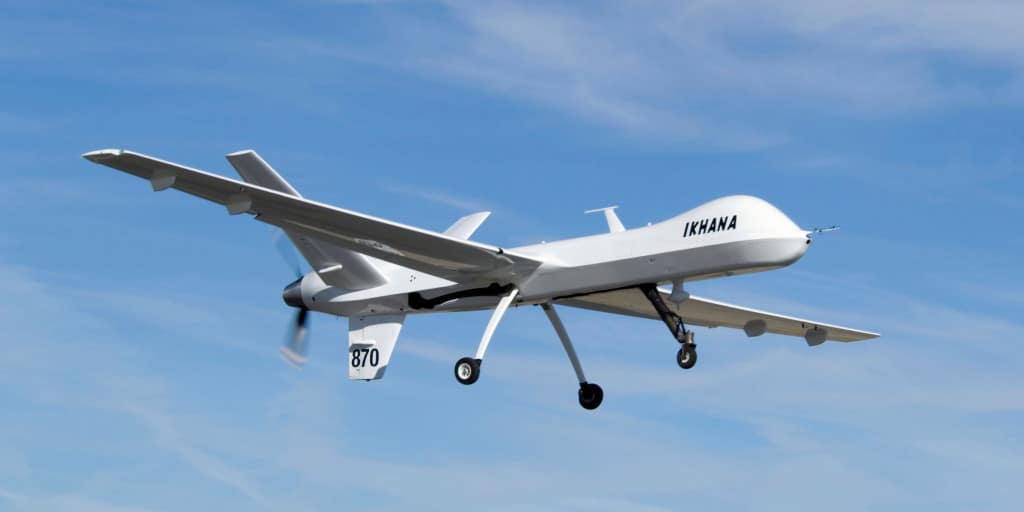Unmanned Aircraft Systems a Booming Career Field, Filled with Opportunity

There was a time when engineers, technical analysts and other aviation-related job-seekers were limited in their career options. With the explosion of interest in building and operating unmanned aircraft systems over the past several years, however, colleges and universities across the U.S. are racing to educate and train students in areas such as manufacturing and analysis.
But how big is the UAS field right now, and how big is it going to get? As you might expect, numbers and opinions vary wildly.
According to the Association of Unmanned Vehicle Systems International (AUVSI), an industry trade group, 128 companies in the world are licensed and operating UAS right now, including Amazon, which recently got permission from the Federal Aviation Administration to test its new delivery system using drones.
As to how many people currently work in the field, there doesn’t appear to be any reliable data. Bureau of Labor Statistics occupational sector spokesman John Jones said that his organization doesn’t break down information specifically for UAS, and neither AUVSI nor Aerospace Industries Association (AIA) said they could reliably estimate or calculate current job numbers.
However, everyone inside and outside the industry seems bullish on the future. AUVSI recently released an economic industry report and concluded that more than 100,000 jobs will be created in the first 10 years when UAS are allowed to take to the skies commercially.
In its “World Unmanned Aerial Vehicle Systems, Market Profile and Forecast 2014,” the Teal Group estimated that UAV spending will nearly double over the next 10 years. The current $6.4 billion in annual global UAV expenditures will rise to $11.5 billion a year – with the industry’s value approaching close to $91 billion in the next decade.
“It’s really becoming an incredibly popular career path for students, and we saw significant interest immediately once we offered courses,” said Brent Terwilliger, chair of Embry-Riddle Aeronautical University — Worldwide’s Master of Science in Unmanned Systems. “It’s very exciting to be on the ground floor of this … it’s a fascinating field where you can make a great living.”
Currently the FAA has been issuing authorization certificates, allowing companies to fly drones only up to 400 feet high, and not within five miles of airports. There is a September deadline for the FAA to formalize new rules allowing for greater commercial drone use, but industry analysts said it could be up to two years before those rules are formalized.
In the meantime, students at Embry-Riddle and other schools are preparing as much as they can to be ready once the floodgates open in the UAS market.
Three years ago, Embry-Riddle began offering a course in UAS and now has a host of different programs that focus on applications and operations that serve nearly a 1,000 students with both adults and teenagers eager to create a place for themselves.
Already, certain areas of the country seem to be “hotter” than others when it comes to placing applicants in the field. Terwilliger cited Nevada, California and Central New York state as areas where companies are hiring UAS-trained employees.
Possible careers in UAS include Aerospace Engineer, Optical Specialists, Information Technology Manager, and of course, Operator/Pilot, with salaries approaching or exceeding $100,000 in many cases.
“There’s a significant need for training in this field, and we’re trying to make sure students can build on the base knowledge they already have to become experts in the field,” Terwilliger said. “I think the outlook is extremely bright.”
